Homeless to hip: How Swiss housing cooperatives developed
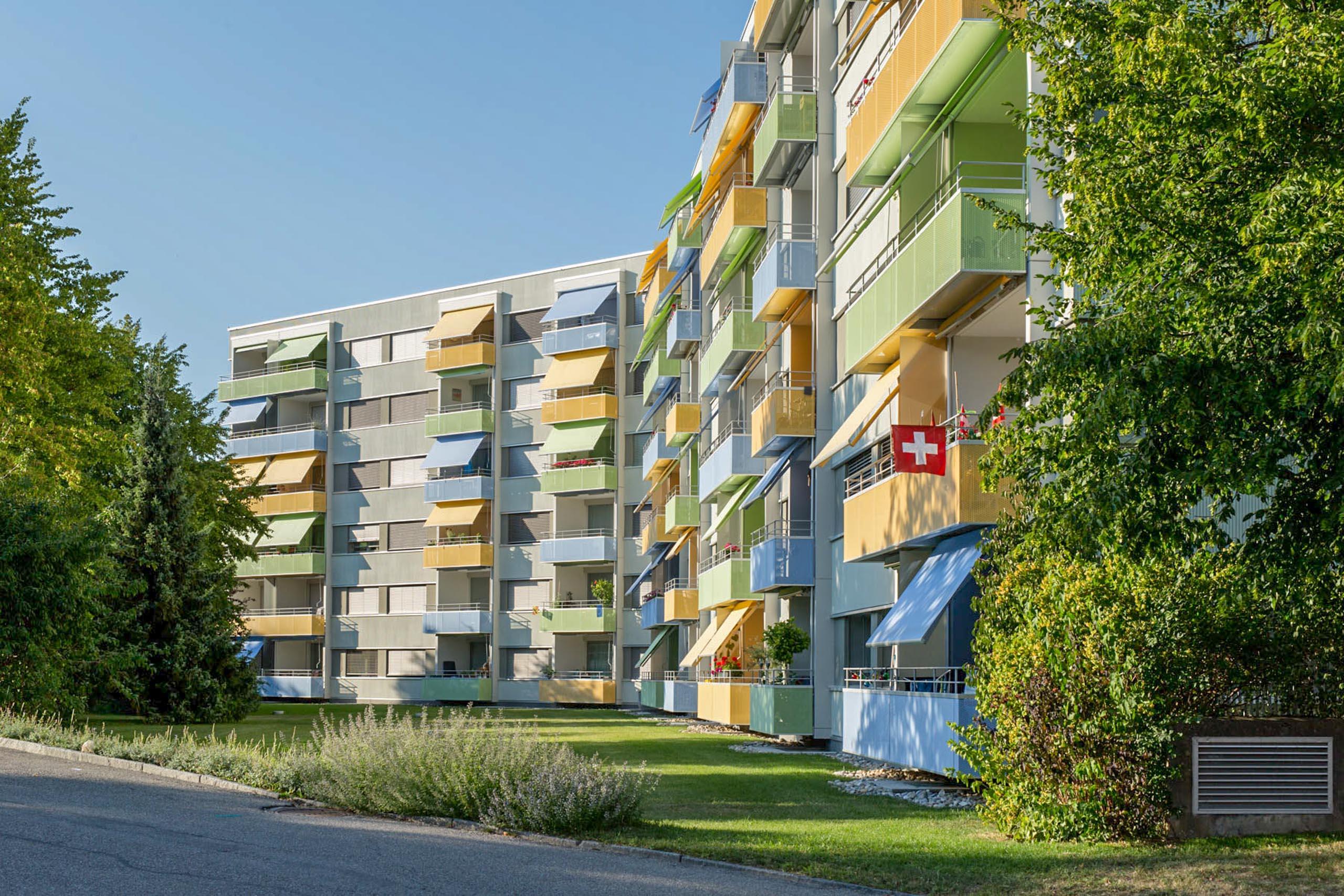
After the First World War, Switzerland experienced a massive lack of housing that left many people homeless. Cooperatives were set up to alleviate this shortage. Many of them are marking their 100th anniversary this year.
In the mid-19th century, industrialisation triggered an exodus from rural areas to the cities, which led to a shortage of living space.
By the summer of 1889, close to 100 families were homeless in the city of Bern. Many of them camped in the open in nearby forests. The situation soon became untenable. Consequently, Bern became the first Swiss city to build housing for the disadvantaged using taxpayers’ money.
It was around this time that middle-class tenants started to set up self-help cooperatives. The idea is straightforward: several people pool their financial resources, which enables them to build apartments more cheaply and rent them out to themselves at cost price, which means they do not have to make a profit.
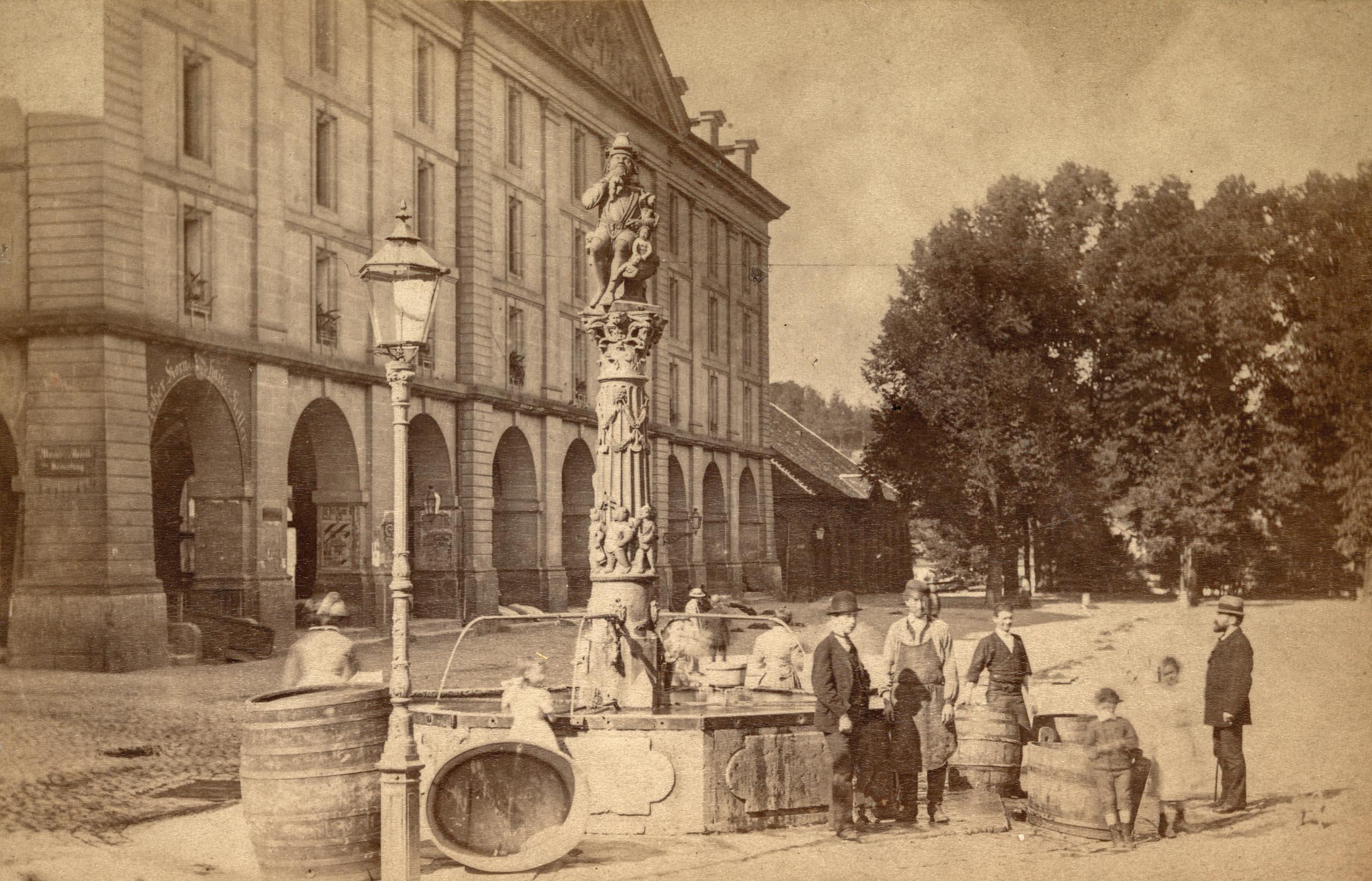
Public funds
Due to the stagnation in construction during the Great War, the housing shortage was acute following the end of the conflict. Many housing cooperatives popped up, especially in German-speaking Switzerland, and some of them still exist today.
As Switzerland suffered from both a lack of housing and high unemployment in the construction sector, the federal government, cantons and communes supported housing cooperatives by providing them with building cost subsidies, cheap loans and affordable land.
The Swiss Federal Railways also lent some financial support, as the company was keen for its employees to live close to work.
Homes for the middle class
Set up in 1919, the Railway Construction Cooperative of Bern (EBG) aimed at providing better housing for the families of railway employees. At the time, a single-family house was a lifelong dream for many. Consequently, the first housing complex largely consisted of terraced family homes with large vegetable gardens for the workers to grow their own food.
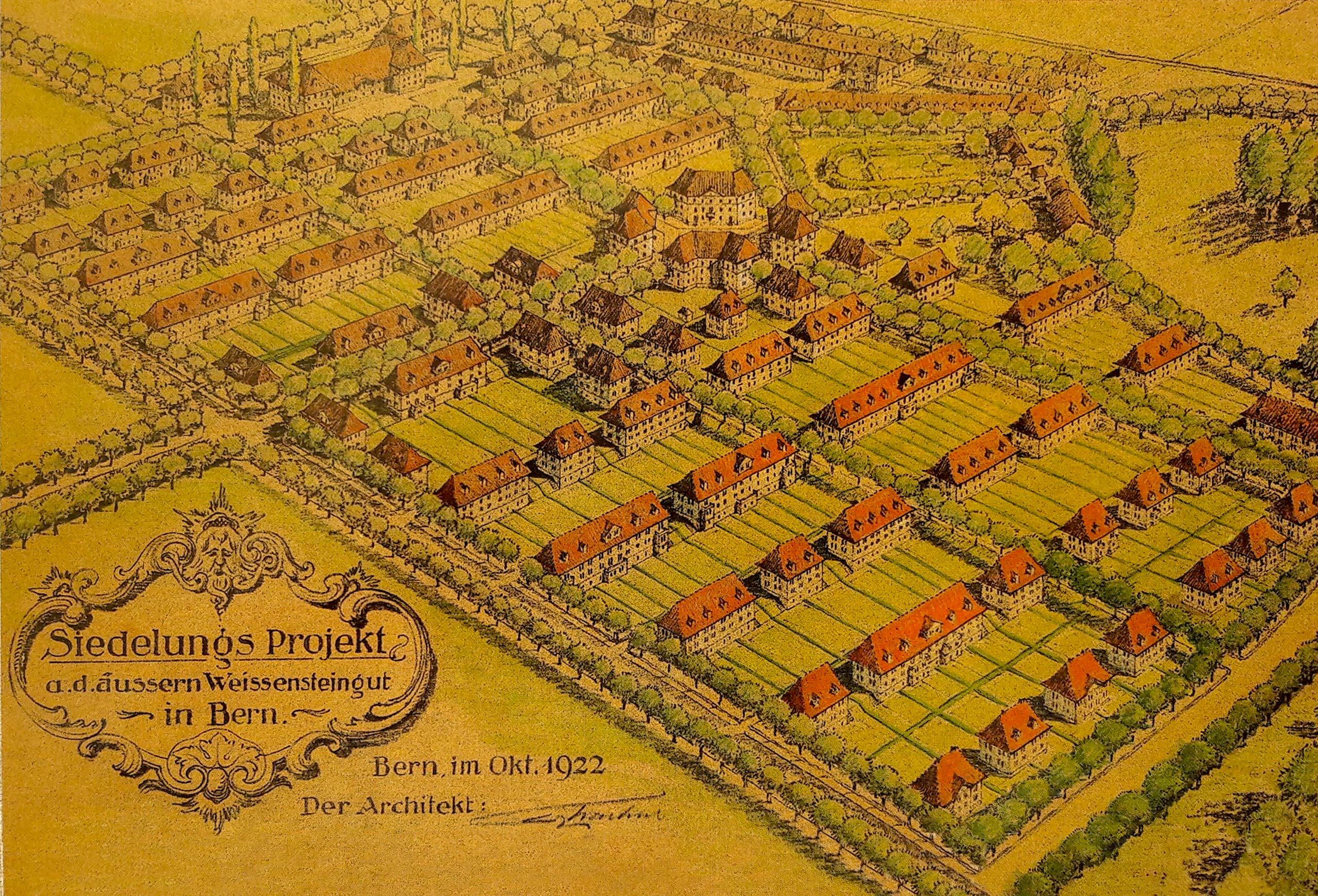
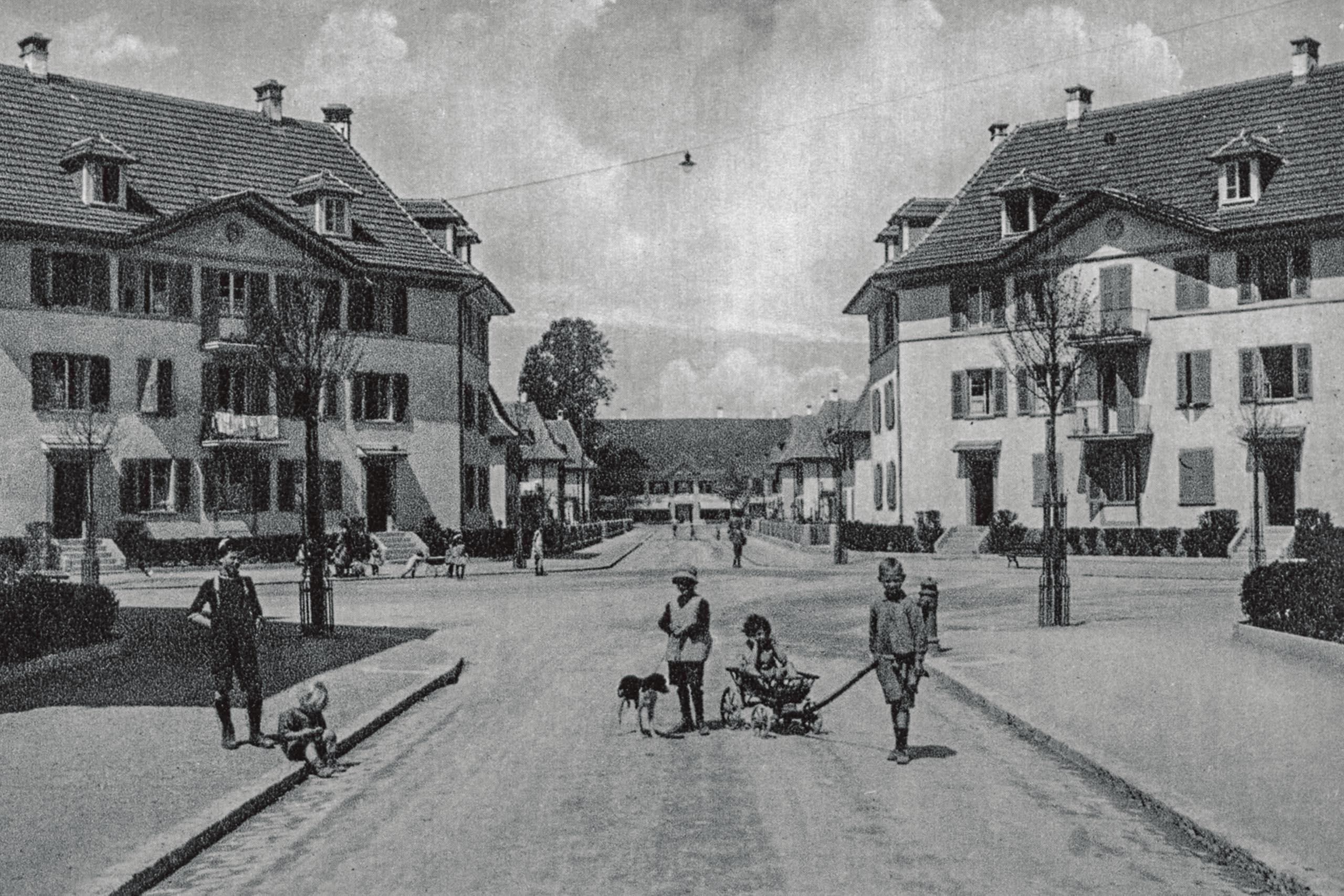
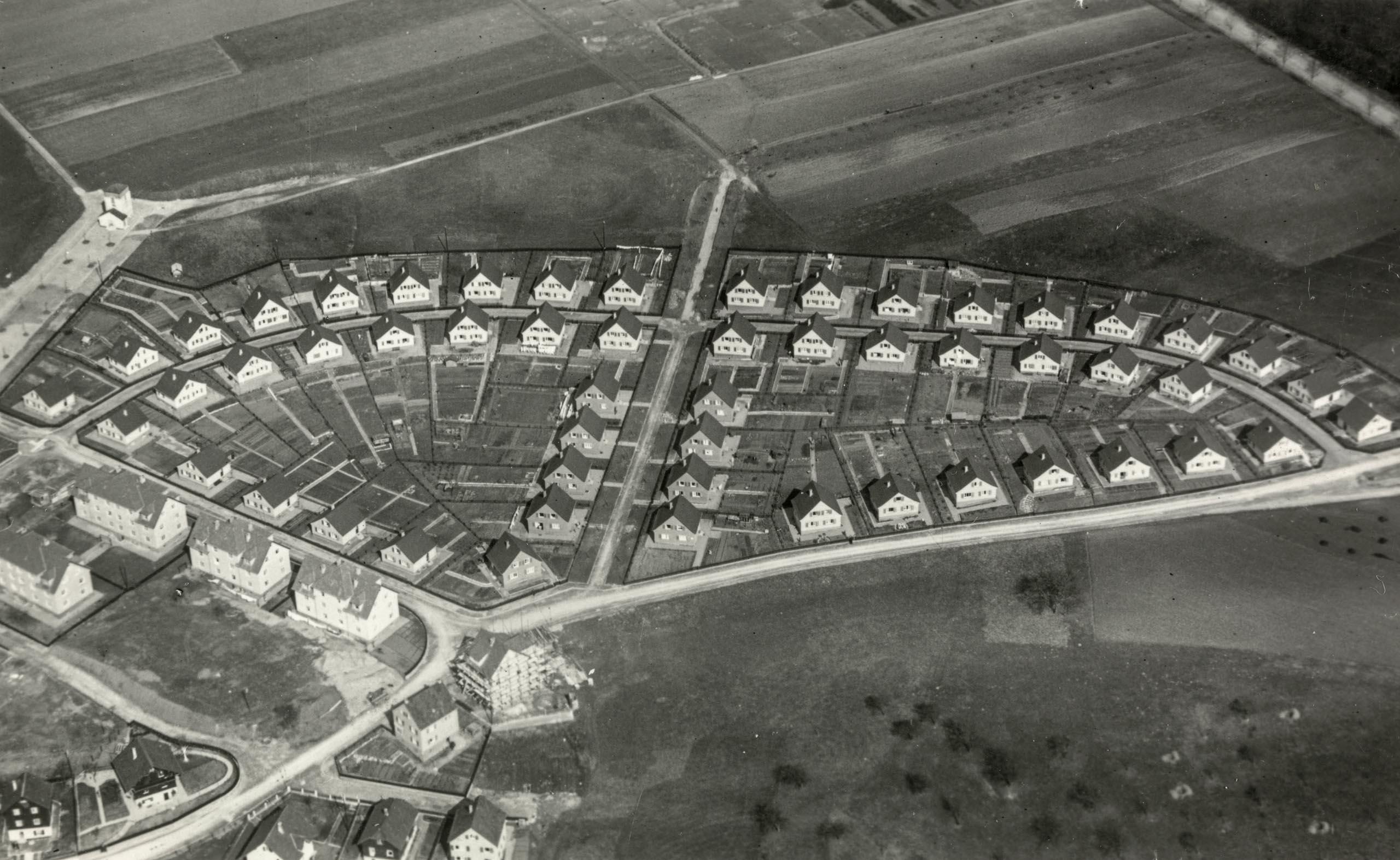
The public authorities and the Federal Railways supported the project, which meant that the members of the cooperative only had to bear a fraction of the building costs. But for the most disadvantaged, the membership fee and the rent remained unaffordable, so many middle-class families instead moved into the railway workers’ quarters. To this day, the small houses with garden are extremely popular, and waiting lists are long.
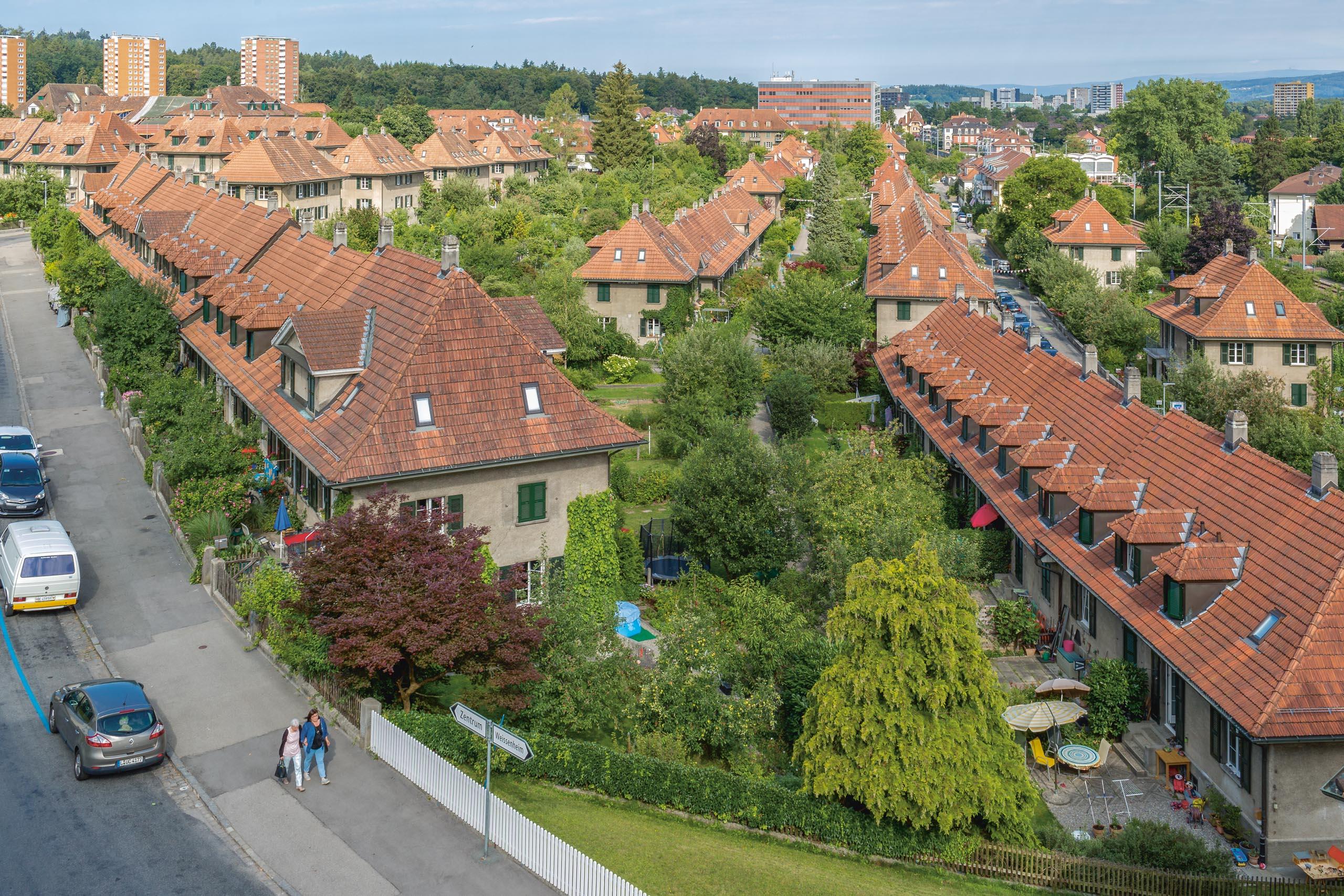
The EBG continued to build more housing complexes and high-rises to make apartments more affordable for the poorest workers. The EBG remains to this day an important player in the non-profit housing sector in the greater Bern region. Employees working in the public sector and in firms with government links remain preferred tenants.
On the occasion of its 100th anniversary, the Railway Construction Cooperative released a book with the title, “Welcome Home”. It tells the story of the EBG with some self-criticism, and looks at other issues like gentrification, high-rise architecture, the preservation of monuments and agglomeration development.
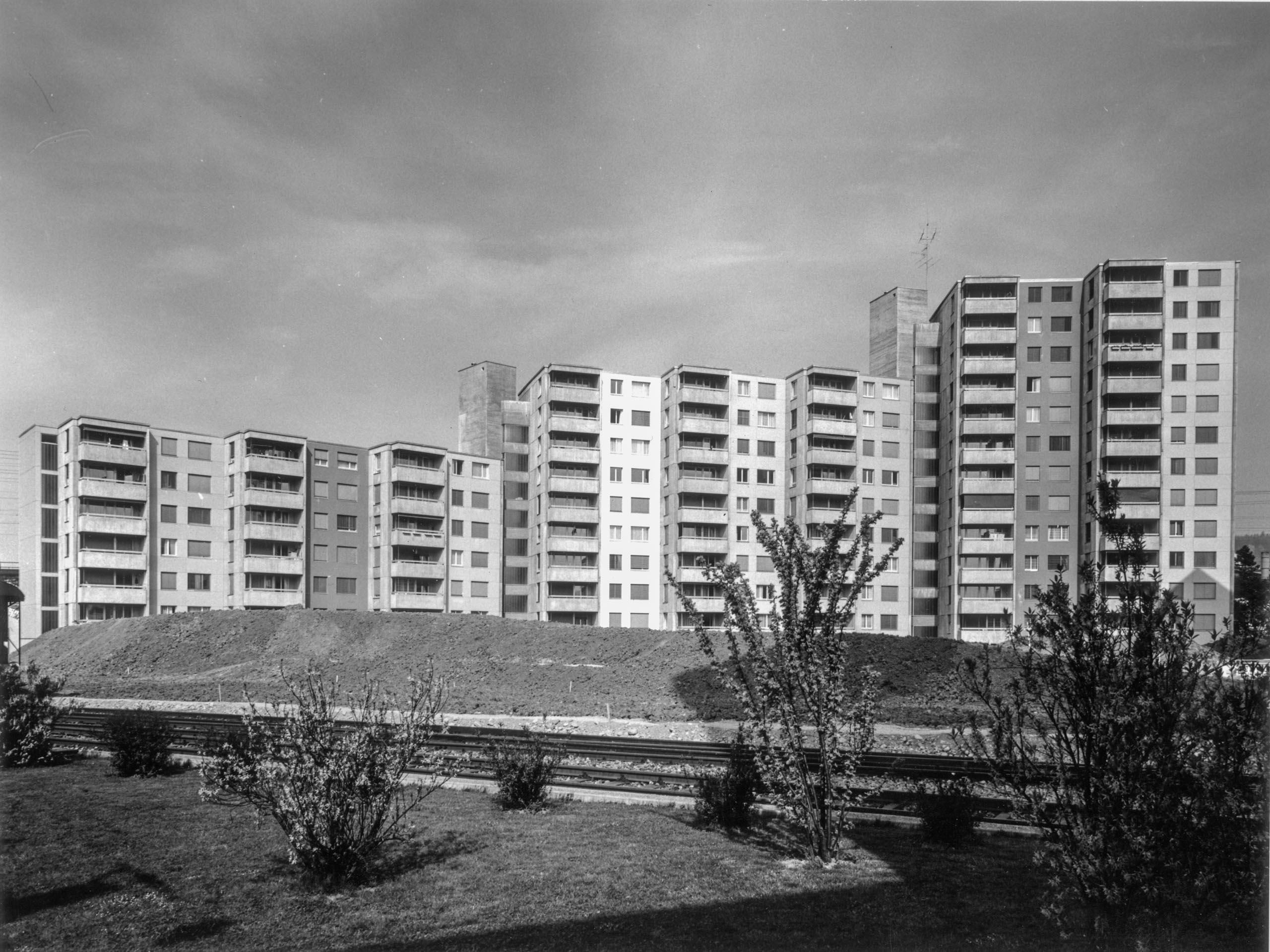
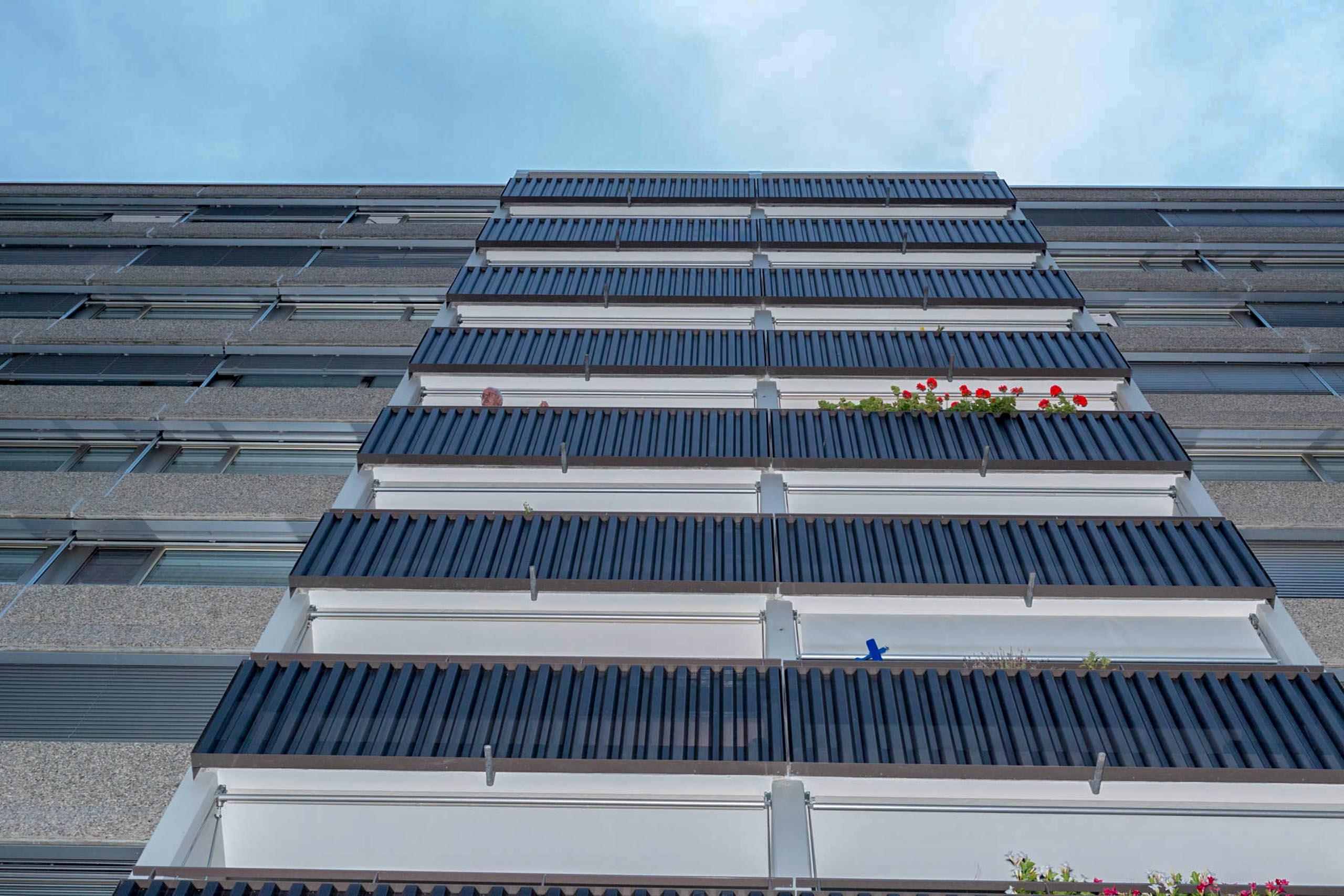
Today, around 4-5% of apartments in Switzerland are provided by non-profit developers. In big cities, the proportion of cooperative apartments is ten times higher. In Zurich, for example, nearly a quarter of apartments are cooperatives.
Over the last few decades, housing has become increasingly sparse in urban centres due to immigration and the fact that people want bigger living spaces. Rents are also increasing, as real estate is considered a safe and lucrative investment. Given that many people cannot afford the high rents, there is still a need for cooperatives today.
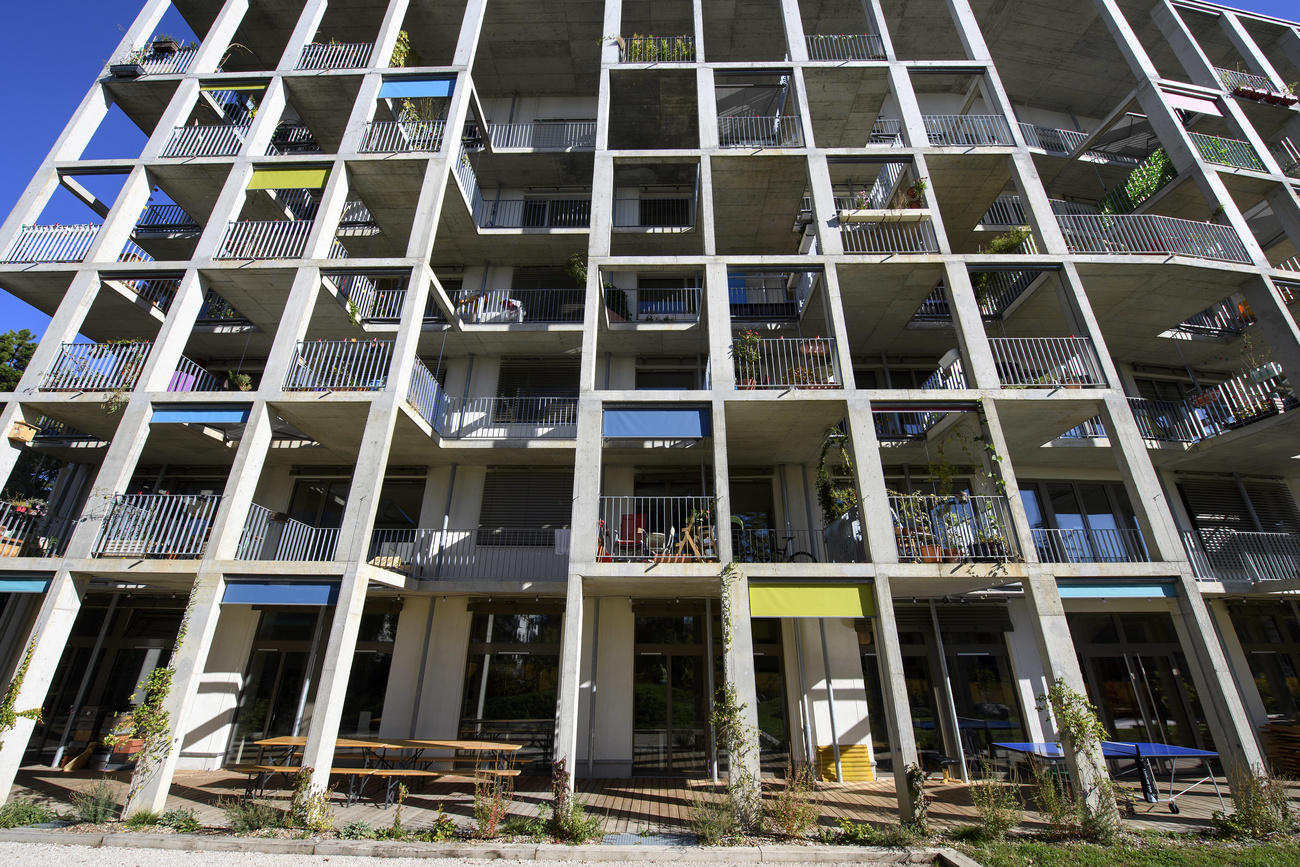
Gentrification
Cooperatives, however, have also come under criticism for supporting a two-class society, since not everyone is lucky enough to get their hands on a cooperative apartment. According to the think tank Avenir Suisse, it is mainly the middle class which benefits from cooperative housing.
Indeed, some tenants have to invest tens of thousands of francs in cooperative shares. Newly built cooperative apartments are of a high standard, which drives up the rent, even if the organisation remains non-profit.
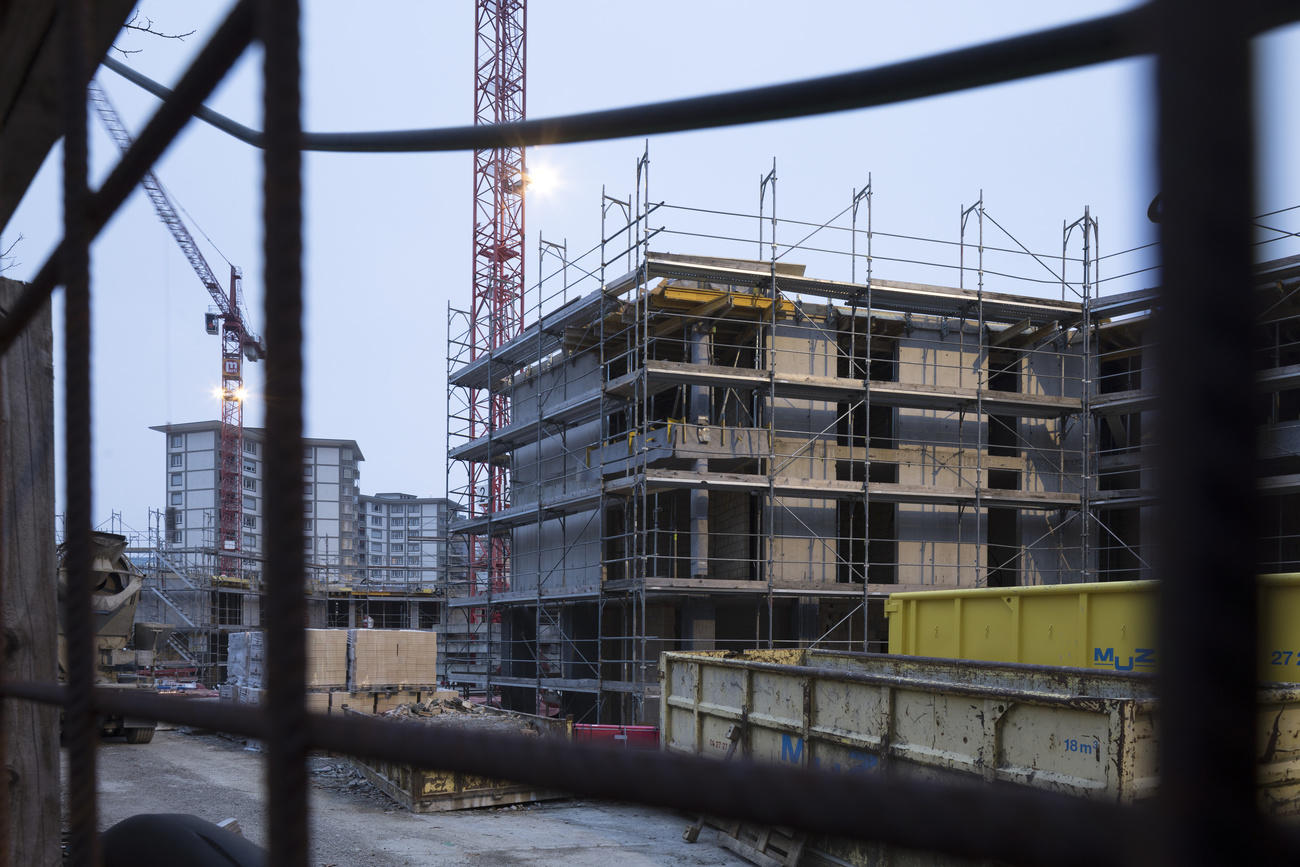
In the EBG’s anniversary book, a human geographer even warns that cooperatives can contribute to the phenomenon of gentrification. He claims that if only the wealthy can afford new or refurbished cooperative apartments, then existing tenants will be forced to leave their neighbourhood.
Translated from German by Billi Bierling

In compliance with the JTI standards
More: SWI swissinfo.ch certified by the Journalism Trust Initiative


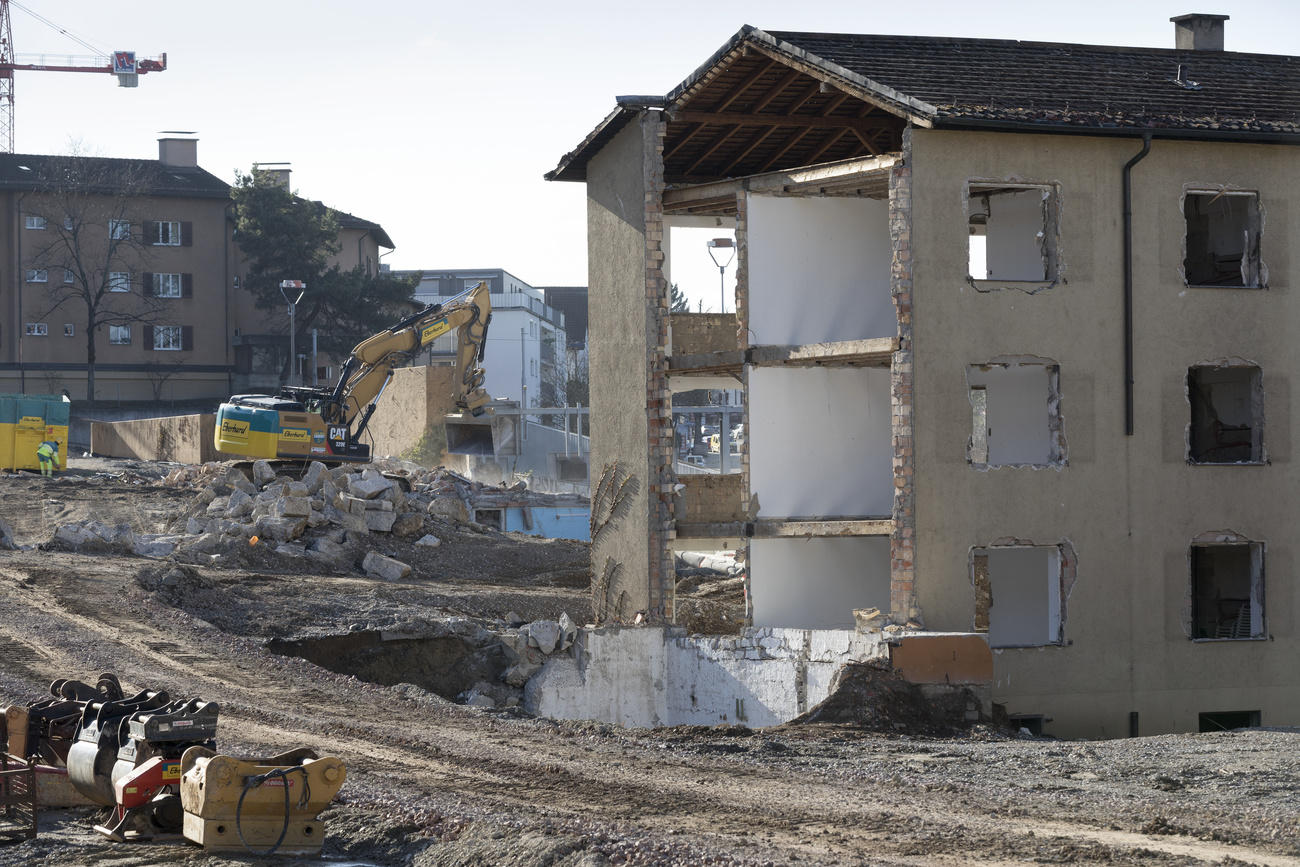
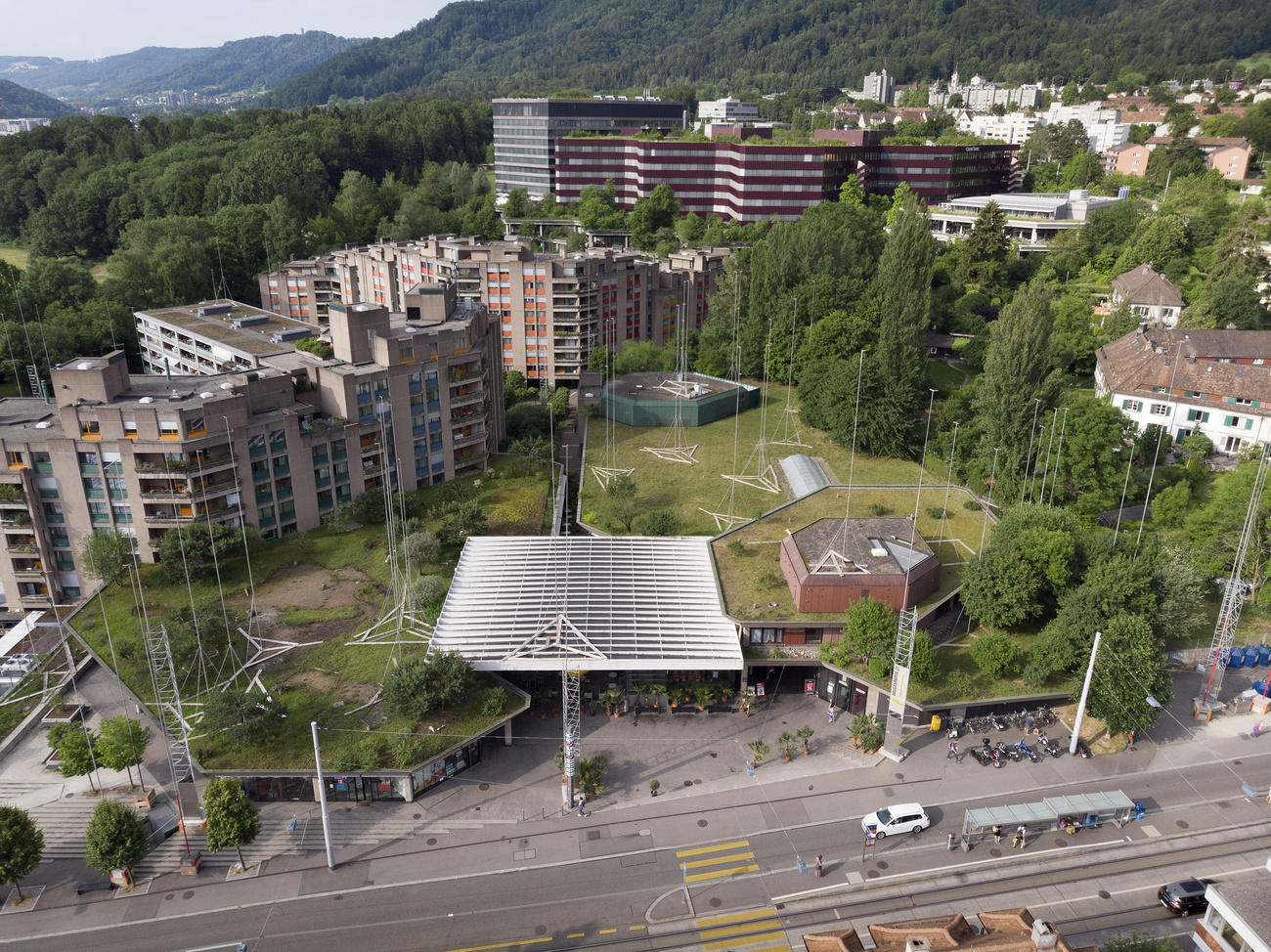
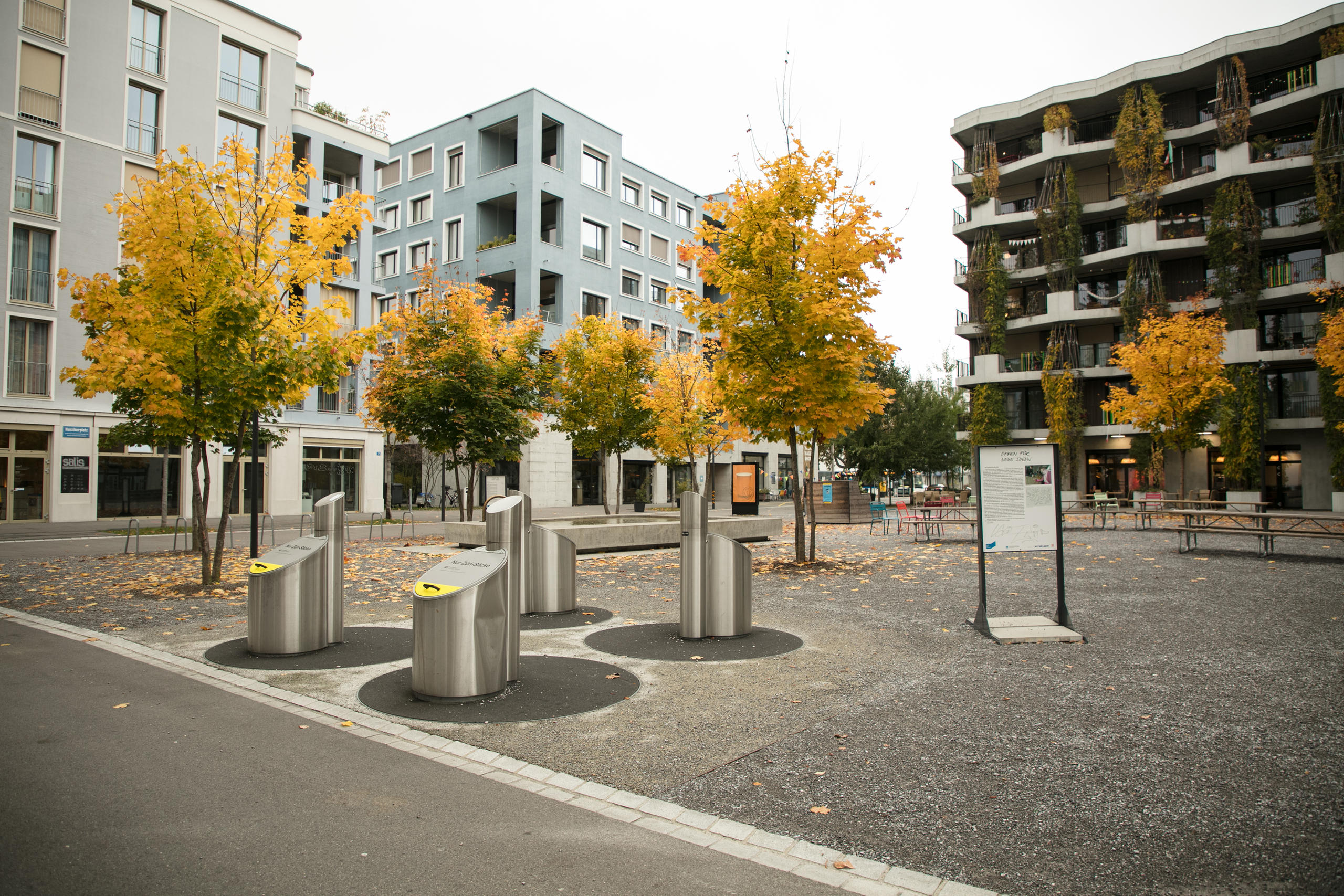
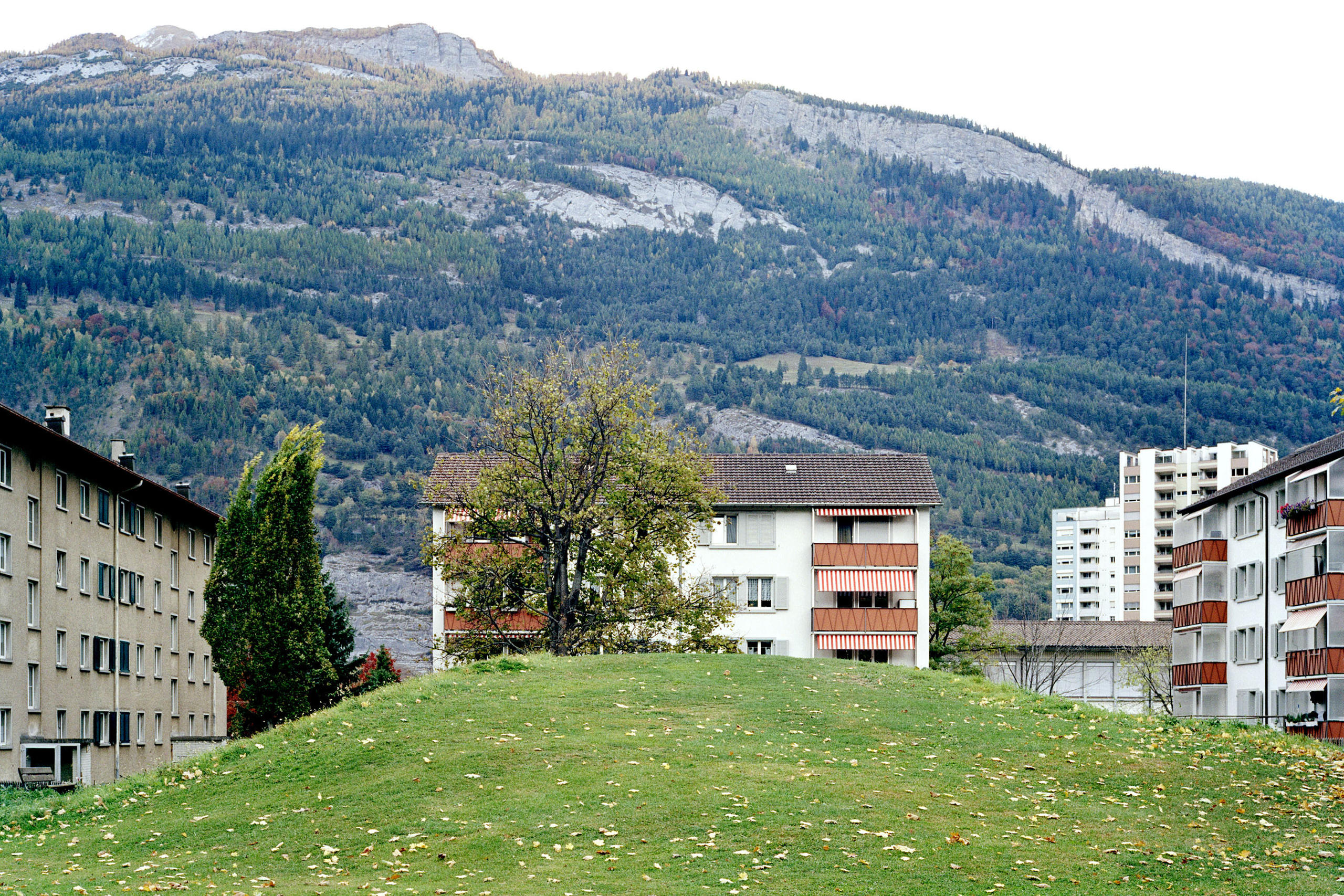
You can find an overview of ongoing debates with our journalists here. Please join us!
If you want to start a conversation about a topic raised in this article or want to report factual errors, email us at english@swissinfo.ch.